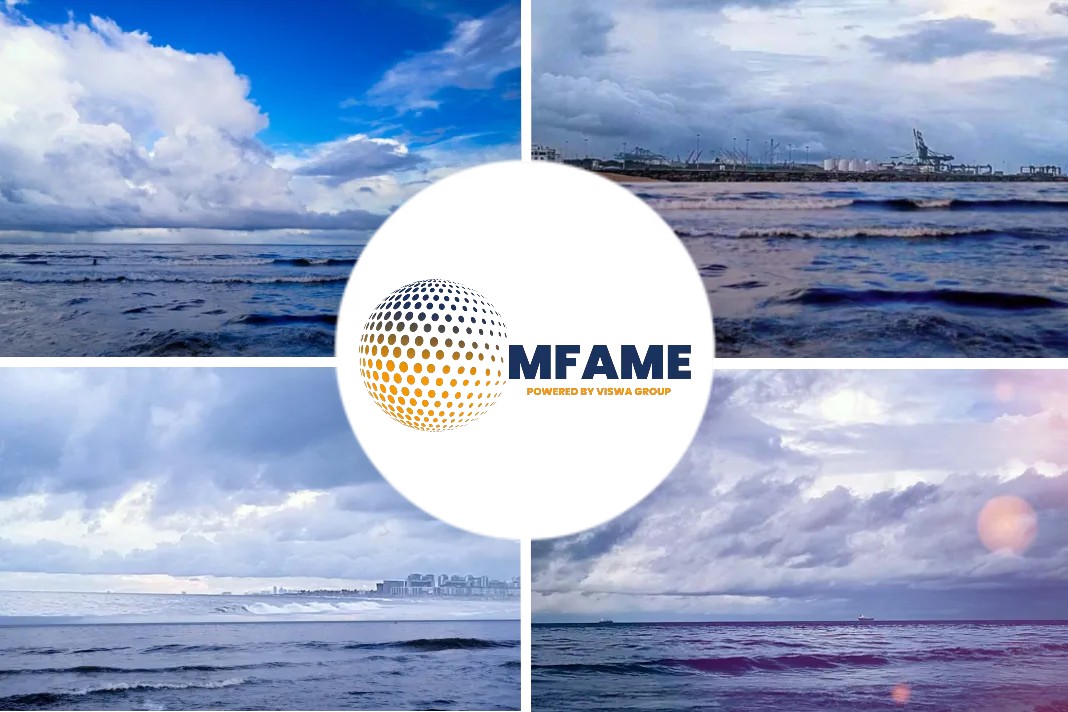- One was spotted, like Saoirse Ronan, on Chesil Beach; another made its home on the otherwise uninhabited Dutch island of Griend, in the Wadden Sea.
- Then things scale up, from a regular Feeder, a Feedermax, and a Panamax all the way to the aptly named Ultra Large Container Vessel, which is about thirteen hundred feet long.
- As a result, it is not unheard of for a few of those containers to go overboard without anyone even noticing until the vessel arrives in port.
In southern Cornwall, there is a stretch of shoreline noted for its dragons as reported by The New Yorker.
Dragon Hunter
The black ones are rare, the green ones rarer; even a dedicated dragon hunter can go a lifetime without coming across a single one.
They are aquatic, in that they always arrive from the sea, and they are capable of travelling considerable distances.
Mostly, though, they are drawn to the windswept beaches of southwestern England—to Portwrinkle and Perranporth, to Bigbury Bay and Gunwalloe.
Among those were the dragons (33,427 black ones, 514 green), but, as fate would have it, many of the other pieces were ocean-themed.
As with “fish,” “sheep,” and “offspring,” the most widely accepted plural of “Lego” is Lego.)
Soon enough, some of the pieces lost overboard started washing ashore, mostly on Cornish beaches.
Container loss
Things have been tumbling off boats into the ocean for as long as humans have been a seafaring species, which is to say, at least ten thousand and possibly more than a hundred thousand years.
But the specific kind of tumbling off a boat that befell the nearly five million Lego pieces of the Tokio Express is part of a much more recent phenomenon, dating only to about the nineteen-fifties and known in the shipping industry as “container loss.”
Technically, the term refers to containers that do not make it to their destination for whatever reason: stolen in port, burned up in a shipboard fire, seized by pirates, blown up in an act of war.
There are many reasons for this kind of container loss, but the most straightforward one is numerical.
The largest of these can carry more than twenty thousand shipping containers per voyage; collectively, they transport a quarter of a billion containers around the globe every year.
The question, of interest to the inquisitive and important for economic and environmental reasons, is: What on earth is inside them?
The Container Guide
A standard shipping container is made of steel, eight feet wide, eight and a half feet tall, and either twenty or forty feet long; it could be described as a glorified box if there were anywhere for the glory to get in.
And yet for one of the world’s least prepossessing objects, it has developed something of a cult following in recent years.
A surprising number of people now live in shipping containers, some of them because they have no other housing option and some of them because they have opted into the Tiny House movement, but a few in the name of architectural experiments involving several-thousand-foot homes constructed from multiple containers.
Others, preferring their shipping containers in the wild, have become passionate container spotters, deducing the provenance of each one based on its colour, logo, decals, and other details, as delineated in resources like “The Container Guide,” by Craig Cannon and Tim Hwang, the John James Audubons of shipping containers.
Global economy
Viewed in a certain light, all this attention makes sense because, during the past half-century or so, the shipping container has radically reshaped the global economy and the everyday lives of almost everyone on the planet.
To minimize the distance between products and the vessels that transported them, ports were crowded with factories and warehouses, as well as with the stevedores and longshoremen tasked with loading and unloading goods. (The distinction was spatial: stevedores worked on the ship, while longshoremen worked on the dock.)
Some of those goods were bulk cargo—a commodity like oil, which can be poured into a tank for relatively easy storage and transport—but most of them were “break-bulk” cargo, which had to be loaded item by item: bagged cement, wheels of cheese, bales of cotton, you name it.
For the shipping companies, it required money.
Malcom McLean
All of this changed in 1956, because of a man named Malcom McLean.
On hand to witness the event was a higher-up in the International Longshoremen’s Association who, when asked what he thought of the ship, supposedly replied, “I’d like to sink that son of a bitch.”
These days, a computer does the work of figuring out how to pack a ship, and a trolley-and-crane system removes an inbound container and replaces it with an outbound one roughly every ninety seconds, unloading and reloading the ship almost simultaneously.
The resulting cost savings have made overseas shipping astonishingly cheap.
“Transportation has become so efficient,” he writes, “that for many purposes, freight costs do not much affect economic decisions.”
Economic decisions
In another sense, those costs, in their very insignificance, do affect economic decisions.
They are the reason that manufacturers can circumvent wage, workplace, and environmental protections by moving their plants elsewhere, and the reason that all those elsewheres—small cities far from ports, in Vietnam or Thailand or the Chinese hinterlands—can use their cheap land and cheap labour to gain a foothold in the global economy.
Thanks to McLean’s innovation, manufacturers can drastically lengthen the supply chain yet still come out on top financially.
Like the plastic dragons of Cornwall, a fully loaded container ship looks like something that might have been made by the Lego company.
Those stacks begin down in the hold, and aboveboard they can run as wide as twenty-three abreast and loom as tall as a ten-story building.
Did you subscribe to our newsletter?
It’s free! Click here to subscribe!
Source: The New Yorker






















